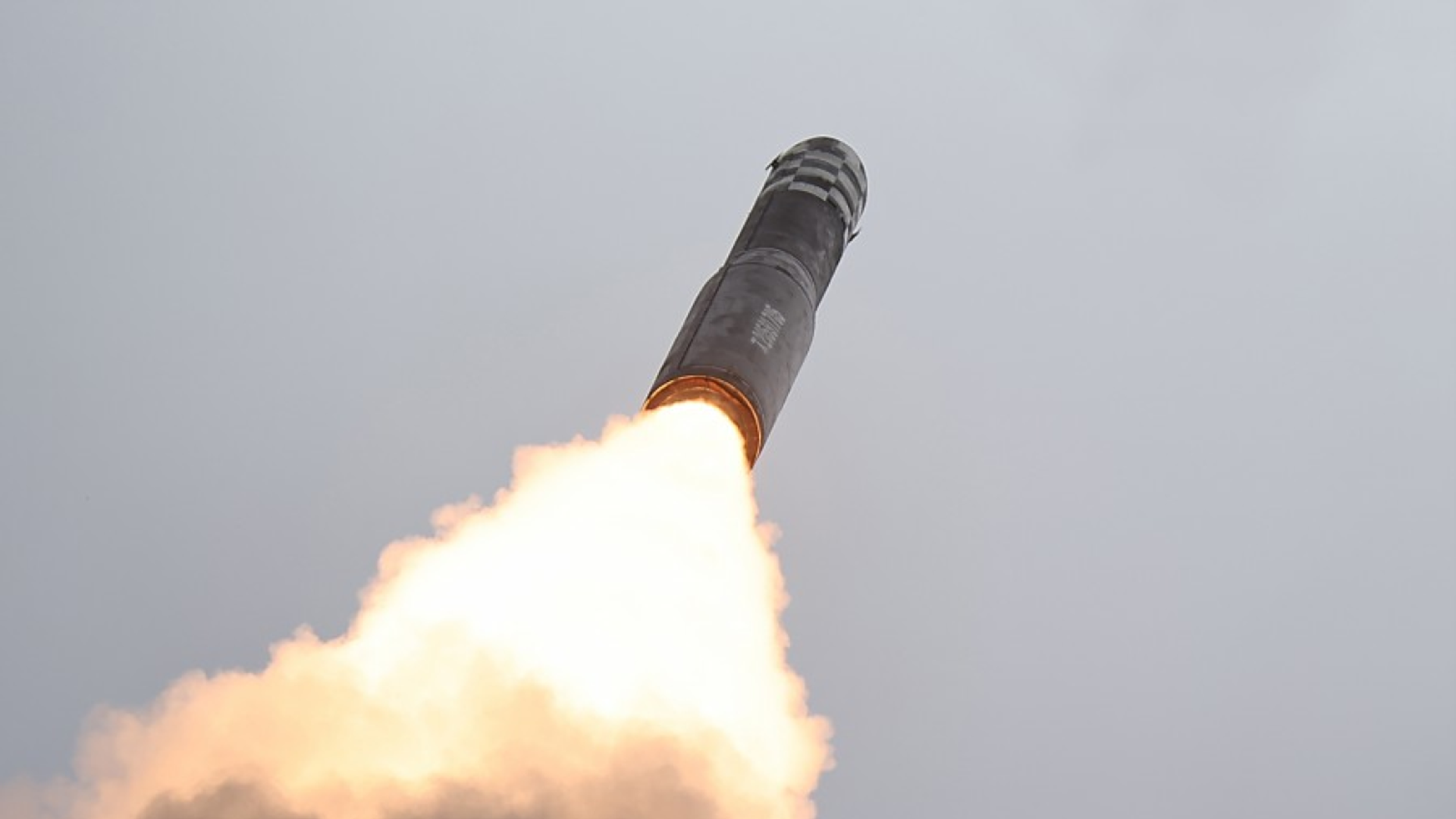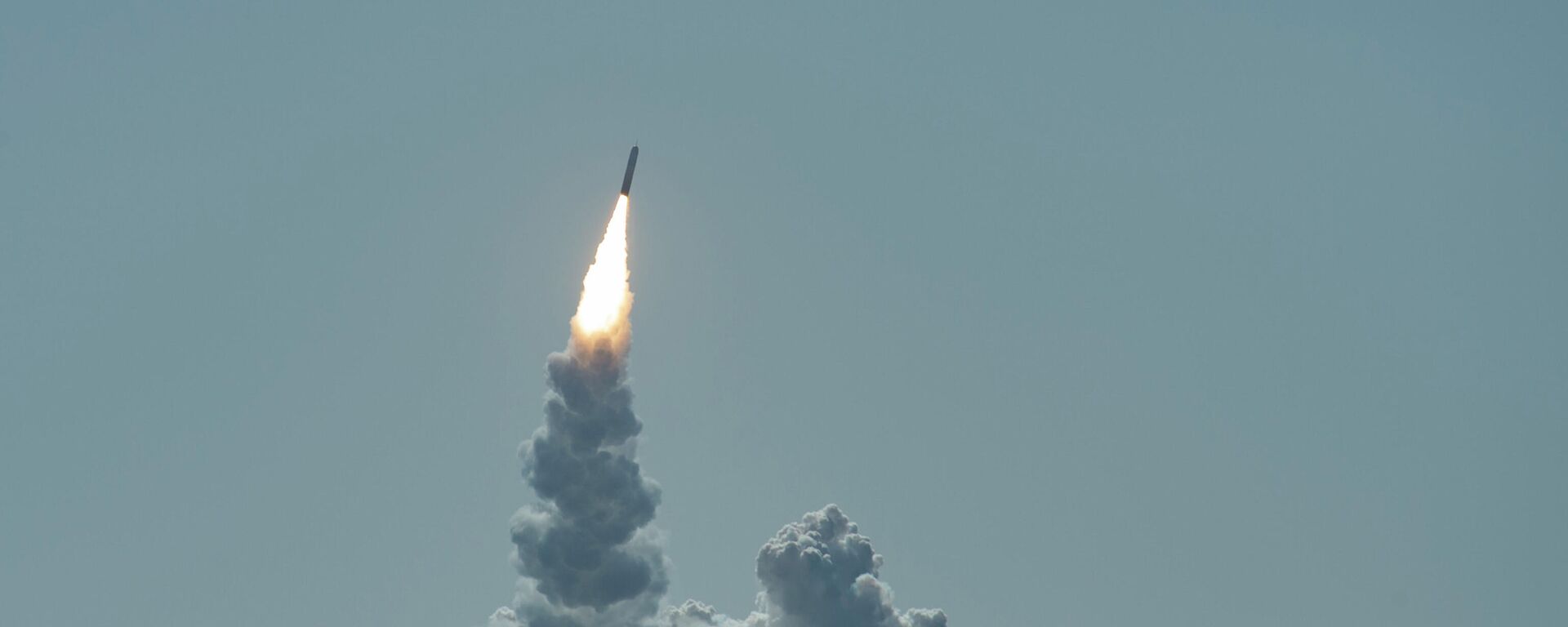Understanding North Korea's Modest Nuclear Stockpile and Conditions for Use
Subscribe
The Democratic People's Republic of Korea (DPRK) ranks last among nuclear-armed nations by number of warheads. Despite having the least extensive arsenal and specific use conditions in its doctrine, its nuclear program still raises Western concerns.
So how many warheads does it have and what are the conditions for their possible use?
Arsenal
Its nuclear arsenal is estimated to include 30 (per Arms Control Association, International Campaign to Abolish Nuclear Weapons, and the Bulletin of Atomic Scientists) to 50 (per SIPRI) warheads.
Delivery vehicles
The DPRK has a range of delivery vehicles for both strategic and tactical nuclear strikes.
Short-Range Ballistic Missiles
KN-23: Resembles Russia’s Iskander; 600-700 km range.
KN-24: Similar to US’ ATACMS; ~400 km range.
KN-25: MLRS system; 380 km range.
Medium-Range Ballistic Missiles
Hwasong-7 (Nodong): 1,200-1,500 km range.
Pukguksong-2: Solid-fuel; ~1,200 km range.
Intermediate-Range Ballistic Missiles
Hwasong-10 (Musudan): 2,500-4,000 km range.
Hwasong-12: 3,700-4,500 km range.
Intercontinental Ballistic Missiles
Hwasong-14: Can potentially reach up to 10,000 km, covering much of the continental United States.
Hwasong-15: The most powerful ICBM in North Korea’s arsenal, with an estimated range of 13,000 km.
Hwasong-17: Known as the largest missile tested by North Korea, with a theoretical range exceeding 15,000 km, making it capable of striking anywhere in the US.
Submarine-Launched Ballistic Missiles
Pukguksong-1: An SLBM with an estimated range of 1,200 km.
Pukguksong-3: A newer version with an estimated range of about 2,000 km.
Doctrine
The 2022 Nuclear Forces Policy Law states that North Korea will resort to nuclear weapons if:
Attacked with nuclear weapons or other WMDs, or if such an attack is deemed inevitable.
The country's leadership or nuclear command structures are attacked, or if such an attack is seen as imminent.
A lethal attack on strategic sites is carried out, or perceived as unavoidable.
To prevent or control war escalation, and gain initiative in hostilities.
Other scenarios that cause a "catastrophic crisis" threatening the nation's survival and citizens' safety, necessitating a nuclear response.



